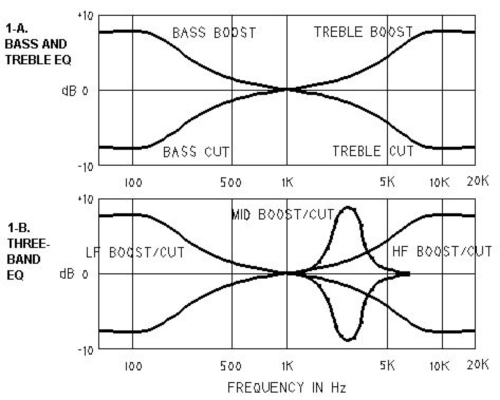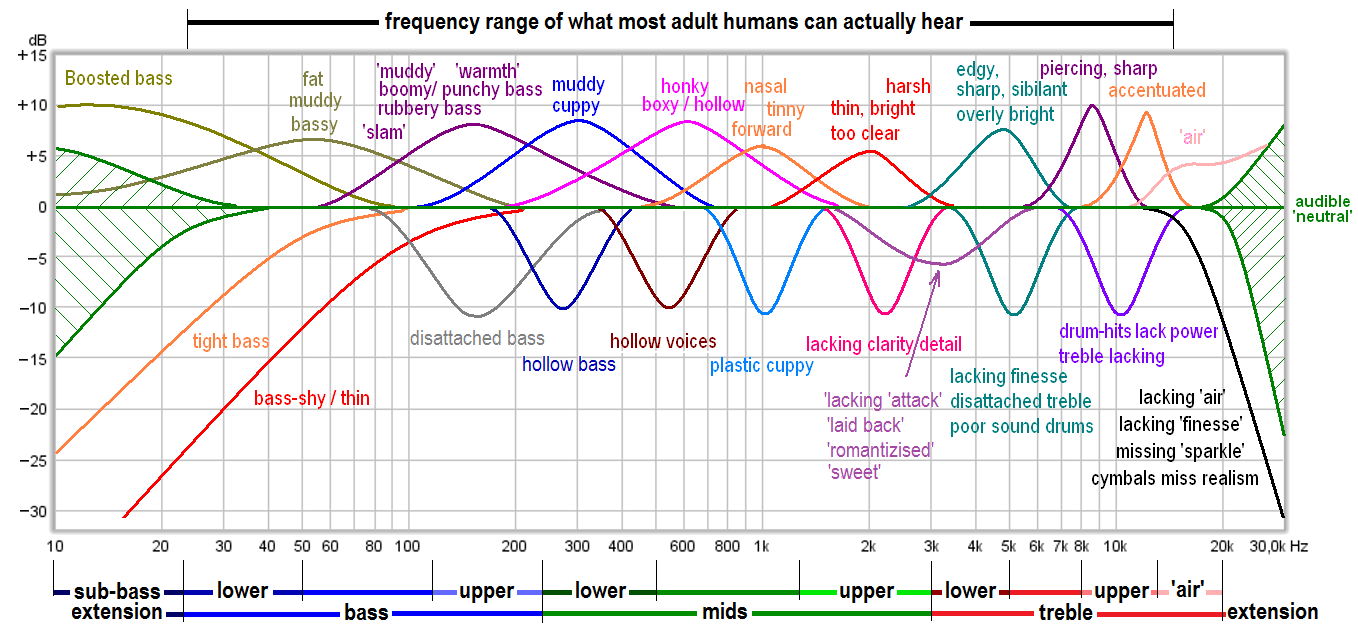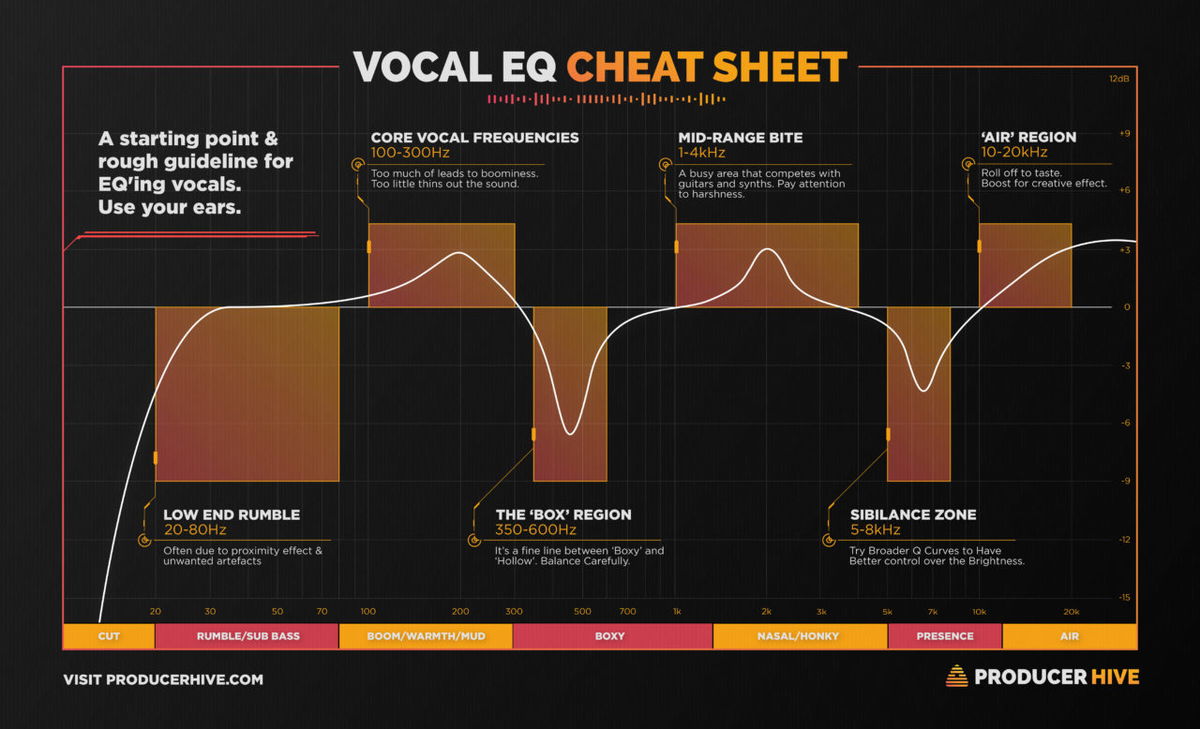Jose Hidalgo
100+ Head-Fier
- Joined
- Nov 2, 2011
- Posts
- 210
- Likes
- 205
Hi, maybe the title's not very clear, but I haven't found anything better.
First of all, this is not about "Hi-Fi" but about tweaking sound.
Let's say we want to subjectively enhance sound (adjust it to our liking), by the means of various parametric EQ filters.
Here's what I've found so far :
Gains for each of these 'enhancers' should be adjusted to the listener's liking, and can be either positive or negative.
Positive gains will of course require a matching negative preamp gain to prevent distortion.
My questions are :
First of all, this is not about "Hi-Fi" but about tweaking sound.
Let's say we want to subjectively enhance sound (adjust it to our liking), by the means of various parametric EQ filters.
Here's what I've found so far :
- Bass : we can typically enhance bass via a low-shelf filter, Fc 100 Hz, Q 0.65
- Male vocal warmth : peak filter, Fc 180 to 200 Hz, Q 2.0
- Female vocal warmth : peak filter, Fc 400 Hz, Q 2.0
- Male vocal clarity : peak filter, Fc 3000 Hz, Q 2.0
- Female vocal clarity : peak filter, Fc 4000 Hz, Q 2.0
Gains for each of these 'enhancers' should be adjusted to the listener's liking, and can be either positive or negative.
Positive gains will of course require a matching negative preamp gain to prevent distortion.
My questions are :
- Can these filters be improved ?
- Can we find other 'enhanceable' sound characteristics such as warmth and clarity, and what would be their frequency ranges ? Is there some consensus on that matter ? Any documents ?
Last edited:









